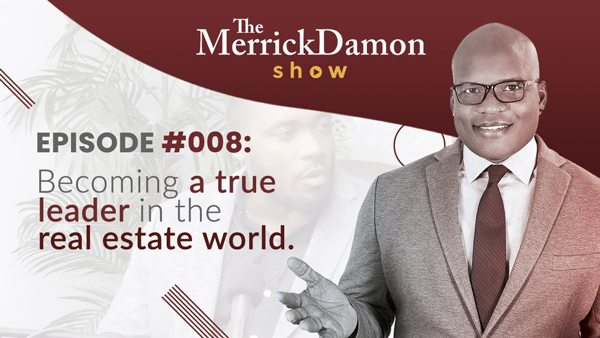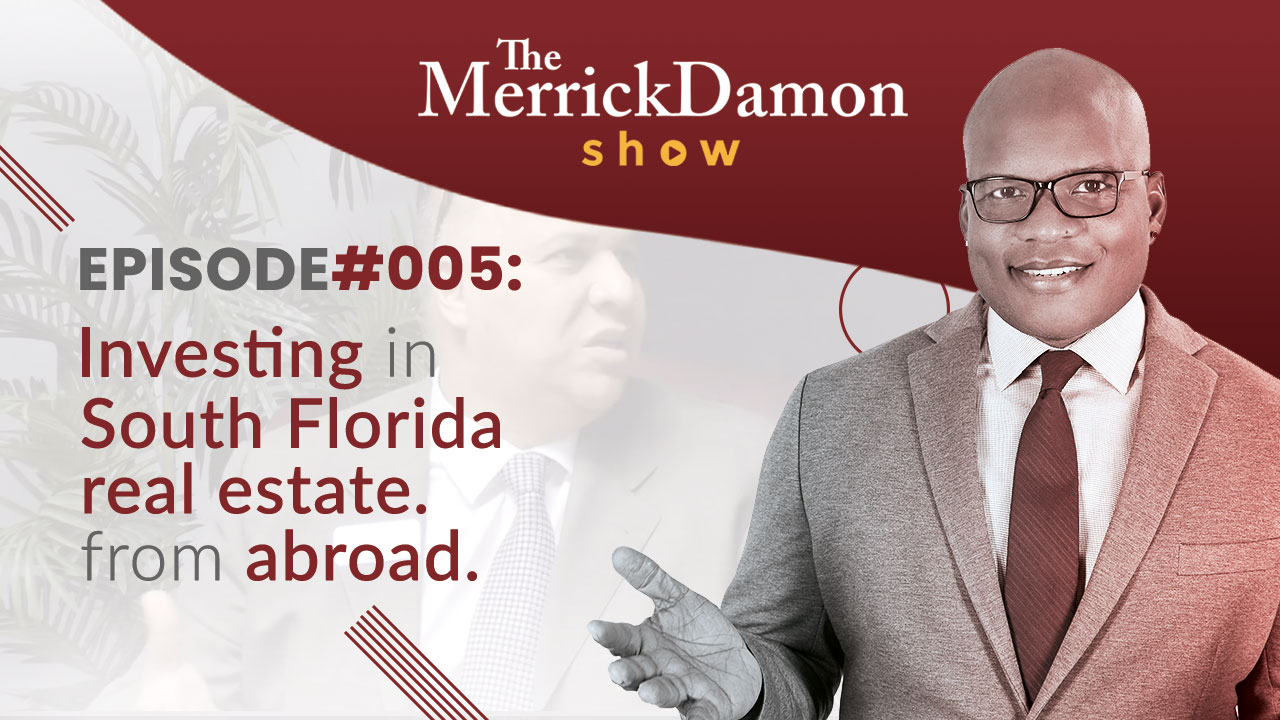In May, the Federal Department of Housing and Urban Development (HUD) announced the theme for this year’s 2018 National Homeownership Month – Find Your Place. It’s a harmless sounding bumper sticker phrase, or is it?
“Homeownership serves as an enduring symbol of security and prosperity, and it provides many Americans with a legacy they can pass down to their children and grandchildren,” HUD Secretary Ben Carson said in a statement. “During National Homeownership Month, we recognize the abiding value of owning a home, and we rededicate ourselves toward helping hard-working families to find their place in the American dream.”
Okay, but if “finding your place” was as easy as Ben Carson makes it sound, wouldn’t everyone feed him- or herself to satisfaction from the dinner table of the American Dream?
HUD provides resources to help consumers acquire homeownership. They encourage consumers to seek out help with homeowner education, foreclosure prevention, and budgeting assistance, through the department’s network of agencies.
According to its own statistics, since 1934 HUD has helped over 47 million homeowners purchase a home with a mortgage insured by the Federal Housing Administration (FHA), and around 40 percent of all borrowers purchase their first home using an FHA loan.
Consumers with low credit scores or limited options for down payments especially can benefit from these programs which help them reach homeownership faster—a blessing for millennials and buyers overwhelmed with student loans and other debt.
So, there are definitely resources available to the motivated buyer. That’s important to know when you want to Find Your Place.
What is Holding People Back?
But in the middle of 2018, homeownership rates are stalled at around 64 percent, a number that has not moved much since the first quarter of 2017. That means a lot of people are still left out in the cold when it comes to personal homeownership.
Some experts blame low inventory and rising interest rates. But there may be other factors at play. For instance, “redlining” is the systematic denial of benefits or services to residents of specific, often racially-associated, neighborhoods or communities, either directly or through selective raising of prices. The best-known examples of redlining have involved denying financial services, like insurance or banking. (During the “heyday” of redlining, areas frequently discriminated against were inner city neighborhoods.)
Credit rationing is another underhanded tactic, involving lenders limiting the supply of additional credit to people who need funds, even if the borrowers are willing to pay higher interest rates.
This year, the U.S. Federal Housing Administration will provide $400 billion in new loan guarantees through Ginnie Mae, a government program that makes affordable housing a reality for millions of low- and moderate-income households by channeling money into the nation’s housing markets.
Homeownership is the best investment a person can make to build their personal wealth. It provides security for kids, builds and stabilizes neighborhoods, and helps to create stronger communities.
We believe that anyone who is able and willing to assume the responsibilities of owning a home should have the opportunity to pursue that dream in a safe, responsible way. But it takes more than the desire to own, and more than simply buying into a vague American Dream of homeownership.
Like anything worthwhile, it requires help from people who know the market, and can provide expert guidance to help you navigate a process that discourages far too many people from pursuing an attainable dream.
Want to know more? Let’s talk.






